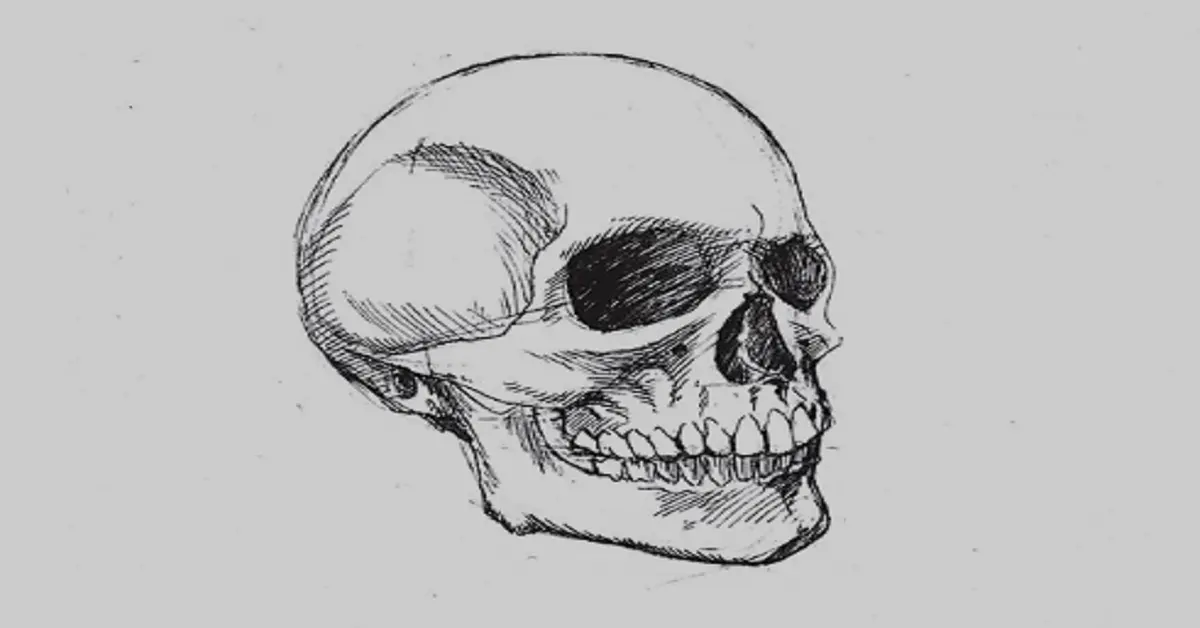Exploring the Art of Skull Drawing

1. Introduction
drawing:oldj_7nsvxk= skull .Skull drawings hold a profound place in the world of art, symbolizing life, death, and transformation across cultures. This article delves into the artistry and techniques behind creating captivating skull sketches.
2. Anatomy of a Skull
Understanding the intricacies of a human skull is crucial for accurate depiction in drawings. Artists must grasp the nuances of bone structure, proportions, and features to create realistic and compelling artwork.
3. Tools and Materials
For skull sketching, artists require specific tools such as fine-tipped pencils, erasers for detailing, and textured paper to enhance shading effects. Choosing high-quality materials is key to achieving professional-looking sketches.
4. Techniques for Beginners
Beginners can start by mastering basic shapes and proportions of skulls. Step-by-step guides and tutorials help in learning shading techniques, adding depth to drawings and bringing them to life. drawing:oldj_7nsvxk= skull
5. Advanced Sketching Techniques
Advanced artists can explore advanced shading methods, such as cross-hatching and stippling, to create intricate details and textures. Experimenting with light and shadow adds realism to skull sketches.
6. Different Styles of Skull Drawing
Skull drawing styles vary from traditional anatomical representations to contemporary and abstract interpretations. Artists can unleash creativity by experimenting with different styles and artistic expressions.
7. Symbolism and Cultural Significance
Skulls have deep-rooted symbolism in various cultures, representing themes like mortality, rebirth, and spirituality. Artists often incorporate cultural motifs and symbols into their skull sketches, adding layers of meaning.
8. Inspirations from Famous Artists
Studying skull sketches by renowned artists provides valuable insights into techniques and artistic vision. Analyzing works of masters helps aspiring artists refine their skills and develop unique styles.
9. Digital Skull Drawing
Digital tools offer versatility and precision in skull sketching. Artists can explore digital platforms, use graphic tablets, and software like Adobe Photoshop to create intricate and dynamic skull artwork.
10. Common Mistakes to Avoid
Common pitfalls in skull drawing include incorrect proportions, flat shading, and lack of attention to detail. Artists should practice regularly, seek feedback, and learn from mistakes to improve their craft.
11. Importance of Practice
Consistent practice is essential for honing skull drawing skills. Setting goals, experimenting with techniques, and seeking inspiration from diverse sources contribute to artistic growth and proficiency.
12. Benefits of Skull Drawing
Apart from artistic expression, skull drawing offers therapeutic benefits such as stress relief, improved focus, and enhanced creativity. Engaging in art promotes mindfulness and self-expression. drawing:oldj_7nsvxk= skull
13. Ethical Considerations
When depicting skulls in art, artists must be mindful of cultural sensitivities and historical contexts. Respecting traditions and beliefs ensures ethical and respectful representation in artwork.
14. Showcasing Your Artwork
Creating an online portfolio or participating in art exhibitions allows artists to showcase their skull sketches and connect with a wider audience. Sharing work on social media platforms fosters networking and collaboration opportunities.
15. Conclusion
drawing:oldj_7nsvxk= skull .Skull drawing is not just about artistic skill; it’s a journey of exploration, symbolism, and self-expression. Whether traditional or digital, mastering skull sketching requires dedication, creativity, and a deep appreciation for the art form.
Read More: beliefworthy